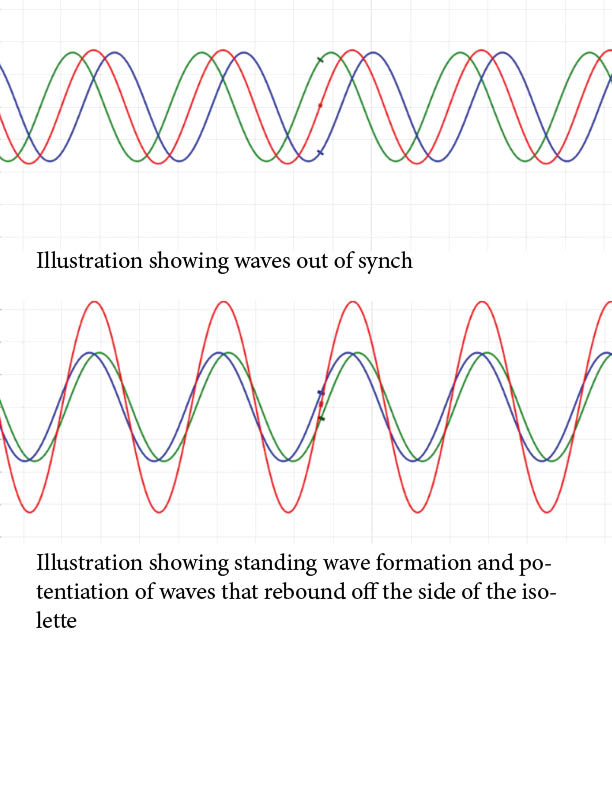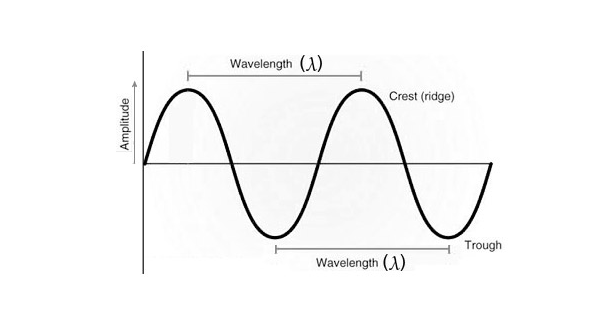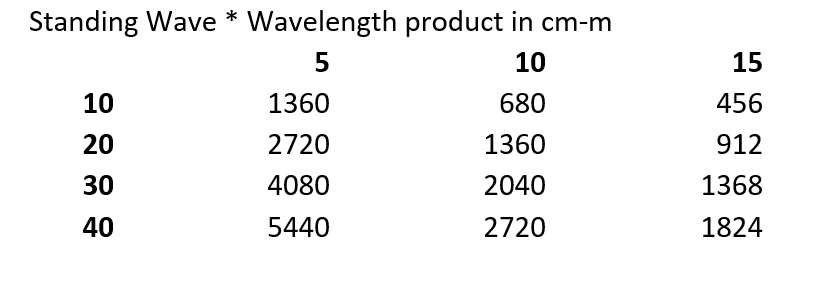Critical Care
Critical Care 2
316 - Standing Waveforms Represent a Serious Impediment to the Quiet Isolette Environment
Publication Number: 316.205
- MG
Mitchell R. Goldstein, MD, MBA, CML
Professor
Loma Linda University Children's Hospital
Loma Linda University Children's Hospital
Loma Linda, California, United States
Presenting Author(s)
Background:
The isolette is an essential part of the care of the newborn. It provides humidification and warmth, protection from infection, and prevents room noise from penetrating and affecting the baby. However, the isolette is less able to protect the baby from the noise inside the chamber. Despite improvements in noise abatement from outside the isolette, there is relatively little barrier to noise propagation, especially if that noise comes from an organized waveform with a predictable repeat pattern, such as a high-frequency oscillator that uses a piston or “speaker” to generate ventilation. In these circumstances, standing waveforms result in optimal propagation through the chamber and maximal disturbance to the baby inside.
Objective: Can the potential effect of high frequency oscillator waveforms be estimated using a model of optimal waveform propagation in an isolette?
Design/Methods: A simulated environment was created using an isolette with a chamber 1 meter long by 0.5 meters high by 0.5 meters wide. HFOV settings of 5, 10, and 15 Hz at a mean airway pressure of 20 cm H2O, and amplitudes varied from 10 to 40 cm H2O. Although the endotracheal tube is typically situated in the trachea, in this study, the ETT was presumed to be in the closed isolette environment (i.e., maximal theoretical effect). Using the simplified displacement equation, the displacement of the string is defined as y(x,t) = A sin(kx - ωt) + A sin(kx + ωt) = 2A sin(kx)cos(ωt). At position multiples of 90 degrees, the resultant waveform oscillates with amplitude 2A sin(kx) in both a negative and positive direction. Wavelength (λ) was calculated by dividing the speed of sound (v = 343 meters/second) by the frequency (Hz) λ=v/f.
Results: Data are presented in Standing Wave*Wavelength (cm-M). The calculations show lower frequencies and higher amplitudes produce more pronounced standing waves. See the table below and the enclosed figures.
Conclusion(s):
Although higher frequency ventilation resembles lower frequency sound, much like the sub-woofer of an optimized sound system, these lower frequencies produce dramatic effects that permeate the room or, in this example, isolette. Standing wave formation occurs despite employing higher frequencies and lower amplitudes. Padding is insufficient. Passive sound abatements cause issues with the isolette’s operation and will not resolve the issue. High-frequency ventilation technologies preclude the benefit offered by the isolette environment. Efforts to reduce sound/noise in the isolette must be undertaken to maximize the quiet environmental space for optimal growth and development.


